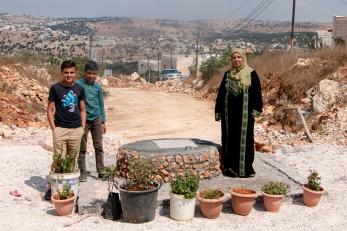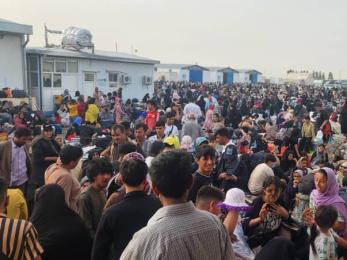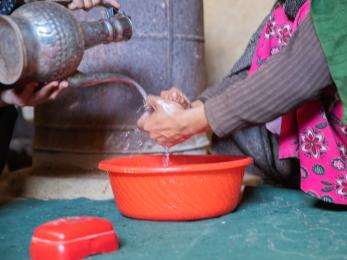A Household Loan Programme for the Adoption of Water Saving Technologies in Jordan

This paper summarises the key findings from the analysis of the Water Innovation Technologies (WIT) Programme Household Loan Programme (HLP) performance & economics and the main results from the economic evaluation. The Household Loan Programme (HLP) was an integral part of the Water Innovation Technologies (WIT) programme, accounting for $6.6 million of the $27.3 million outlay (24%) on the programme by Mercy Corps (including direct and indirect costs through the end of September 2021). Prior economic analysis of the cost-effectiveness of WIT activities reveals that the water saved through the programme was achieved at an average unit cost of $0.36 per cubic meter. This is an attractive cost compared with other water supply options in Jordan. WIT’s average performance, however, came with considerable variation, the cost of the HLP being on the higher end of this distribution.
To better understand the HLP, its performance and economics, a full investigation of the loan portfolio was carried out to understand the size, type and amounts of loans, their repayment status (as of March 2022), and the extent of subsequent lending. A loan simulation model based on the programme’s performance to date was then developed to better understand the long run cost-effectiveness, private rate of return and net present value of the HLP. The analysis concludes that properly accounting for indirect costs of WIT and the revolving (not one-off) nature of the loans improves the economic outcomes generated by the HLP. This makes such a revolving fund for residential water conservation a promising tool for Jordan as it addresses chronic water scarcity and increasing water insecurity.


